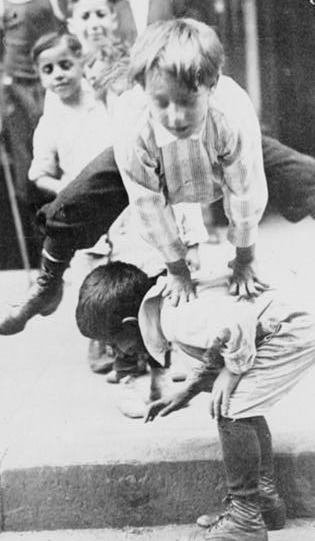
Disney first released this picture in 1946, and there was some racial controversy about it even then. The NAACP acknowledged "the remarkable artistic merit" of the film, but decried the supposed "impression it gives of an idyllic master-slave relationship" (even though the film was set after the American Civil War). It was shown on television in 1972 and in theatres in 1986. Other than that, Disney has never released it on home video in the USA because executives believe it might be construed as racially insensitive. It had previously been released on home video in England and Japan, but was withdrawn worldwide in 2001. Bootleg copies are widely circulated, and to their credit, the Disney Corporation has not brought legal action.
Based on the Uncle Remus cycle of stories by Joel Chandler Harris, it was Walt Disney's first live-action film, though it also contains major segments of animation. The live actors provide a sentimental framework, in which Uncle Remus relates the folk tales of the adventures of
Br'er Rabbit and his friends. Maurice
Rapf was asked by the Walt Disney Company to turn the stories into a
shootable screenplay. One of the reasons Disney hired
Rapf to was to temper what Disney feared would be a white Southern slant.
Rapf was a minority, a Jew, and an outspoken left-winger, and he feared that the film would inevitably be Uncle
Tomish. "That's exactly why I want you to work on it," Walt told him, "because I know that you don't think I should make the movie. You're against Uncle
Tomism, and you're a radical."
Rapf initially hesitated, but when he found out that most of the film would be live-action and that he could make extensive changes, he accepted the offer.













